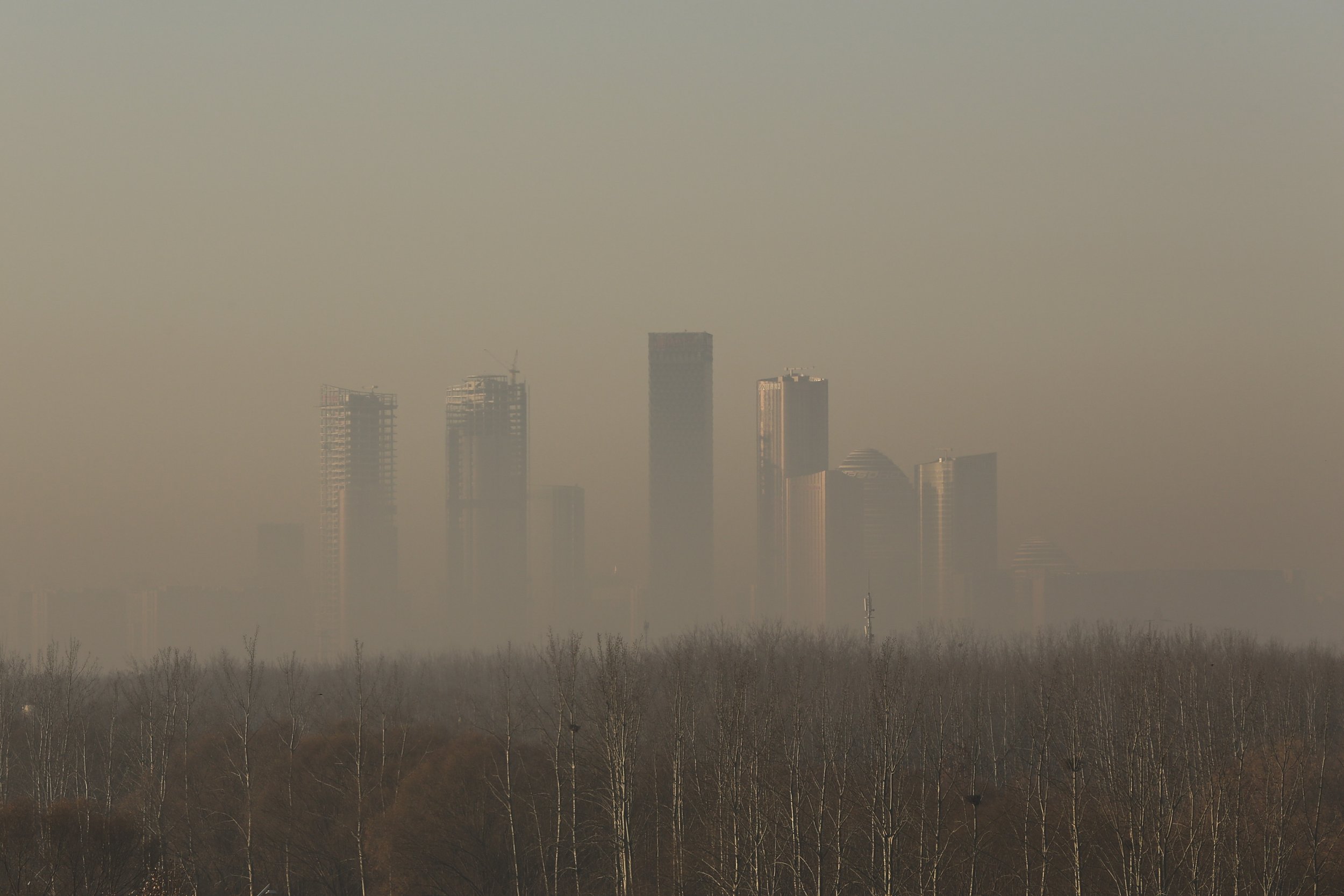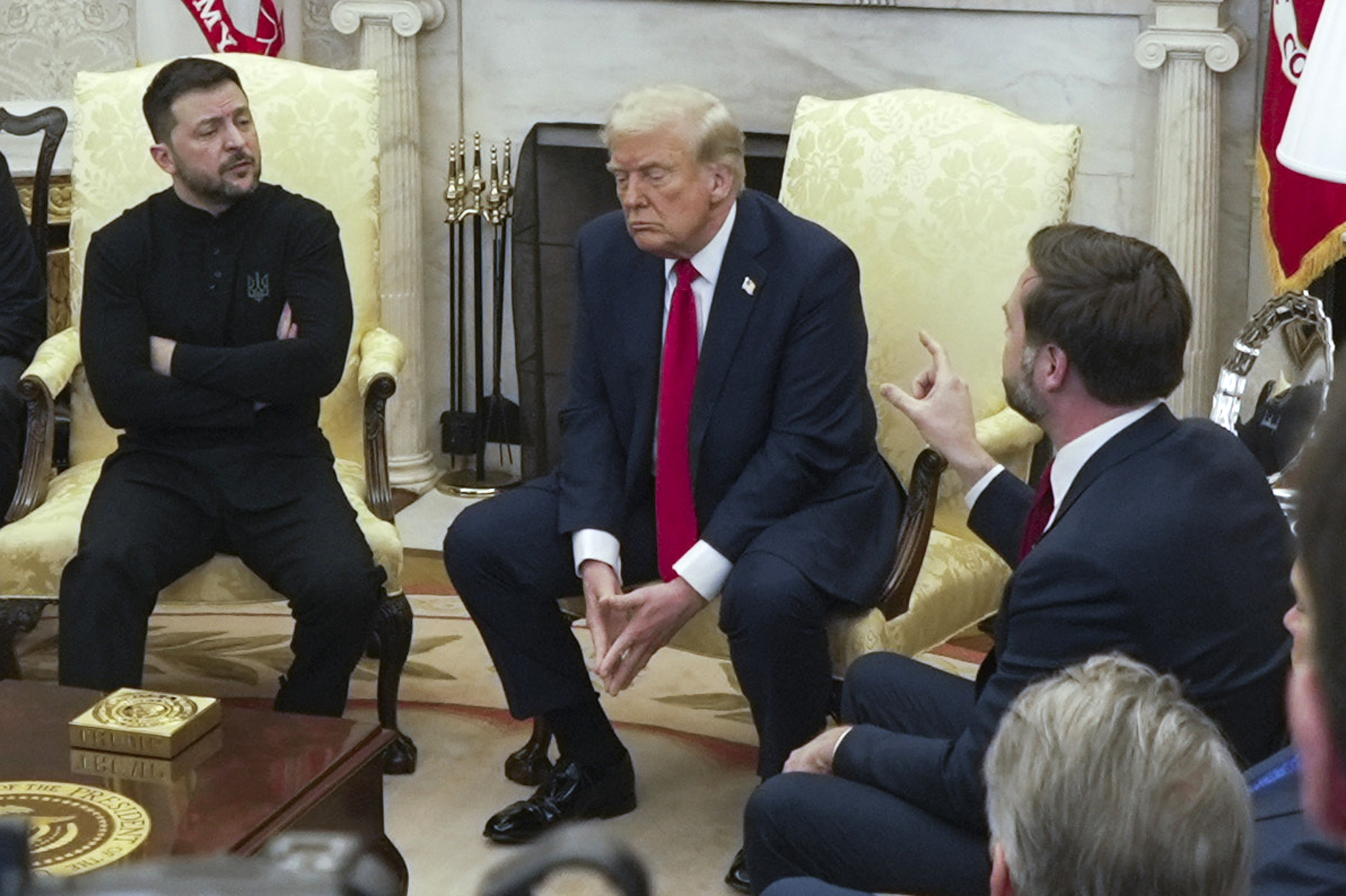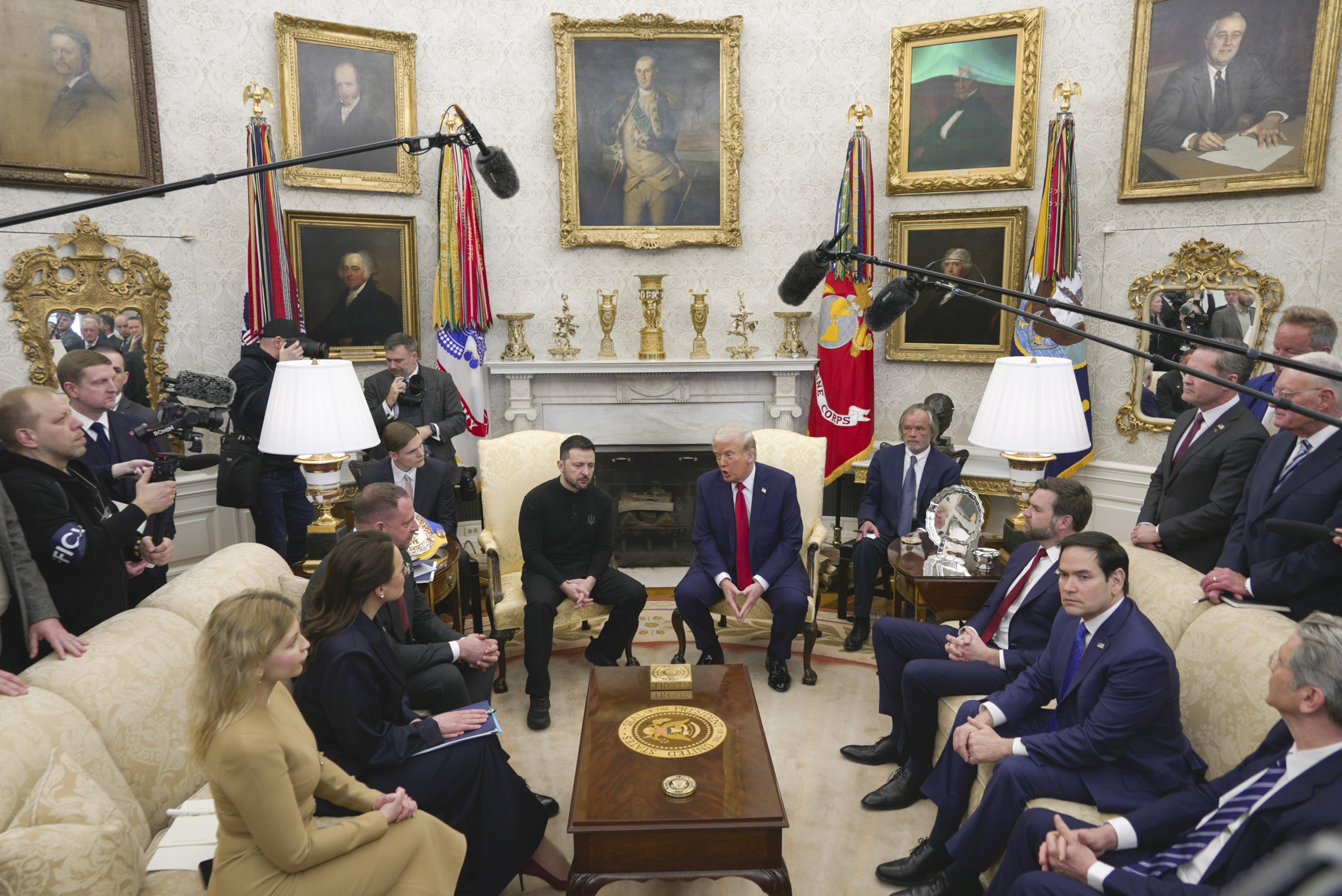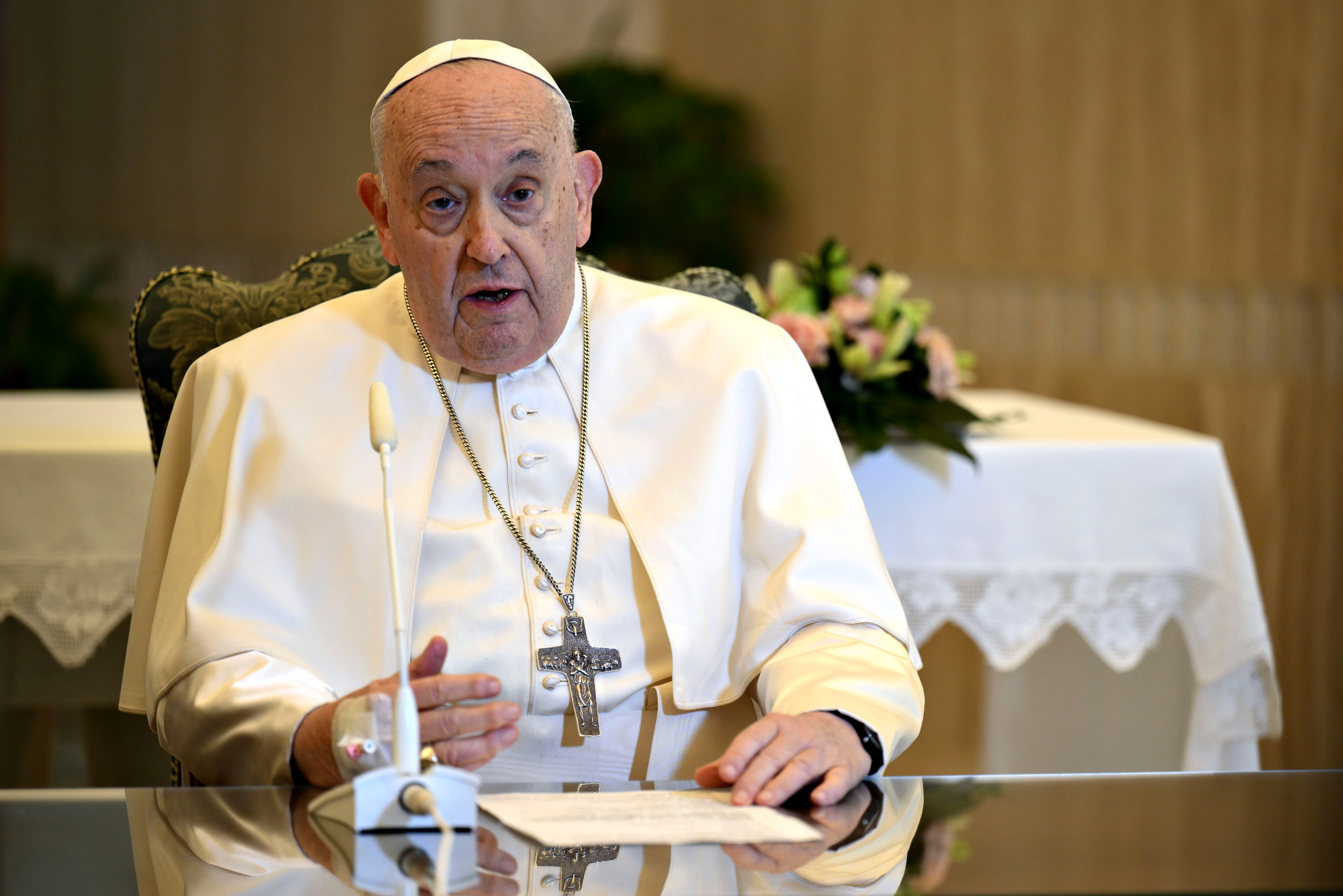
Killer smog in China has paralyzed some of its top cities in the past—so much so that its defense now includes the world's biggest air purifier.
According to local reports, the 328-foot tower in Xi'an, Shaanxi province, uses greenhouses at its base. Polluted air is suctioned into the greenhouses, which are heated by solar energy, before climbing the tower through layers of cleansing filters, reported the South China Morning Post. Previous versions of the air purifier include the 23-foot Smog Free Tower, which uses patented positive-ionization technology to create smog-free air in public spots, according to its manufacturers.
Xi'an winters are particularly polluted because of its reliance on industrial coal-burning, and the city is noted for its poor air quality. But according to the purifier's operators, the greenhouses' outer layers allow glass to absorb solar radiation at a higher efficiency in cold temperatures. The impact has been "encouraging," said the head of the research, Cao Junji, the South China Morning Post reported.
In 2015, air pollution in China killed about 1.8 million people, according to the peer-reviewed journal The Lancet in one of the most expansive reports on its impact.
Another of the epicenters for the ongoing epidemic, Beijing, a city of nearly 22 million, in the past has been hit with a pollution "red alert."
In 2013, the emergency air-pollution response system was created to advise people against going outdoors on days when the smog reached hazardous levels. At one point, 2015 levels of particulate matter in the air were as high as 300 micrograms per cubic meter in Beijing. The city was propelled to use its red-alert system for the first time leading to factories and schools shutting down and a government ban being placed on private cars.
At the end of 2016, the warning covered 23 cities, and at one point, smog covered 3.9 million square miles—roughly the area of the United States. In contrast, the World Health Organization recommends 25 micrograms per cubic meter as the maximum exposure.
While main sources of pollutants include coal-burning, dust storms from the north and exhaust emissions from cities, Beijing alone has more than 5 million vehicles, and bumper-to-bumper traffic is responsible for around a third of its total emissions.
China's government has recently said the air quality is improving with "low levels of feared PM2.5 ( particulate matter)."
"It's a new reality for the population, who were used to wearing masks and turning on air purifiers by this time last year," China's Ministry of Environmental Protection said in a statement earlier this month.
In 2017, Beijing vowed a "deep cut" in coal use to battle smog, which would bring coal use to under 7 million tons, down from 22 million tons in 2013, according to Reuters.
About the writer
Most recently, Tracy Lee has finished a documentary episode on national security examining the balance between the State Department and ... Read more



